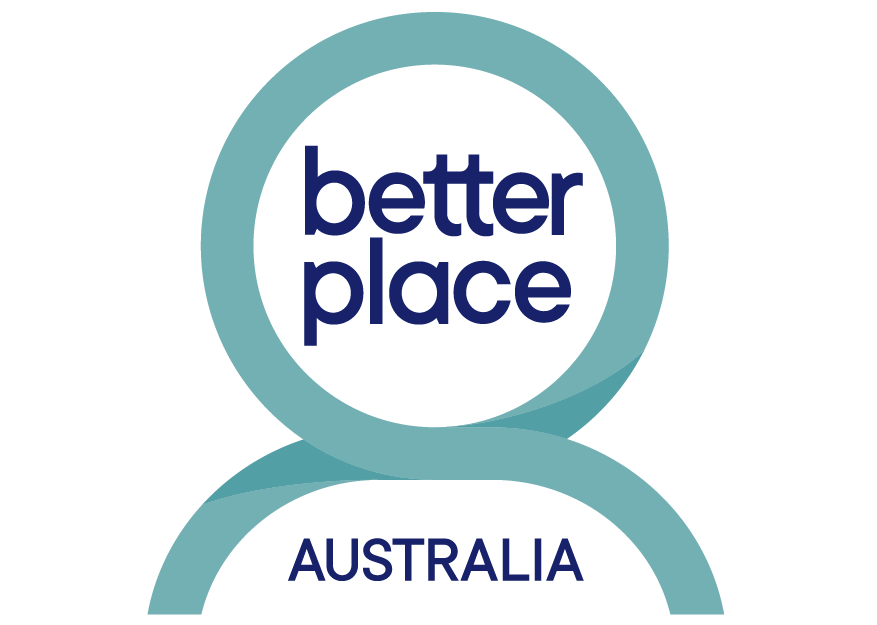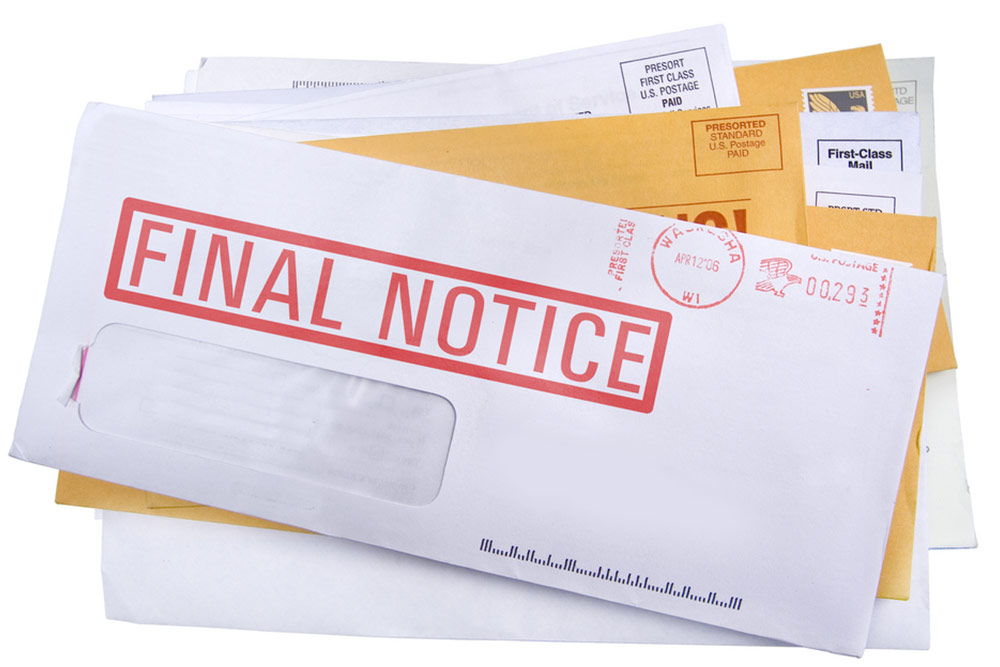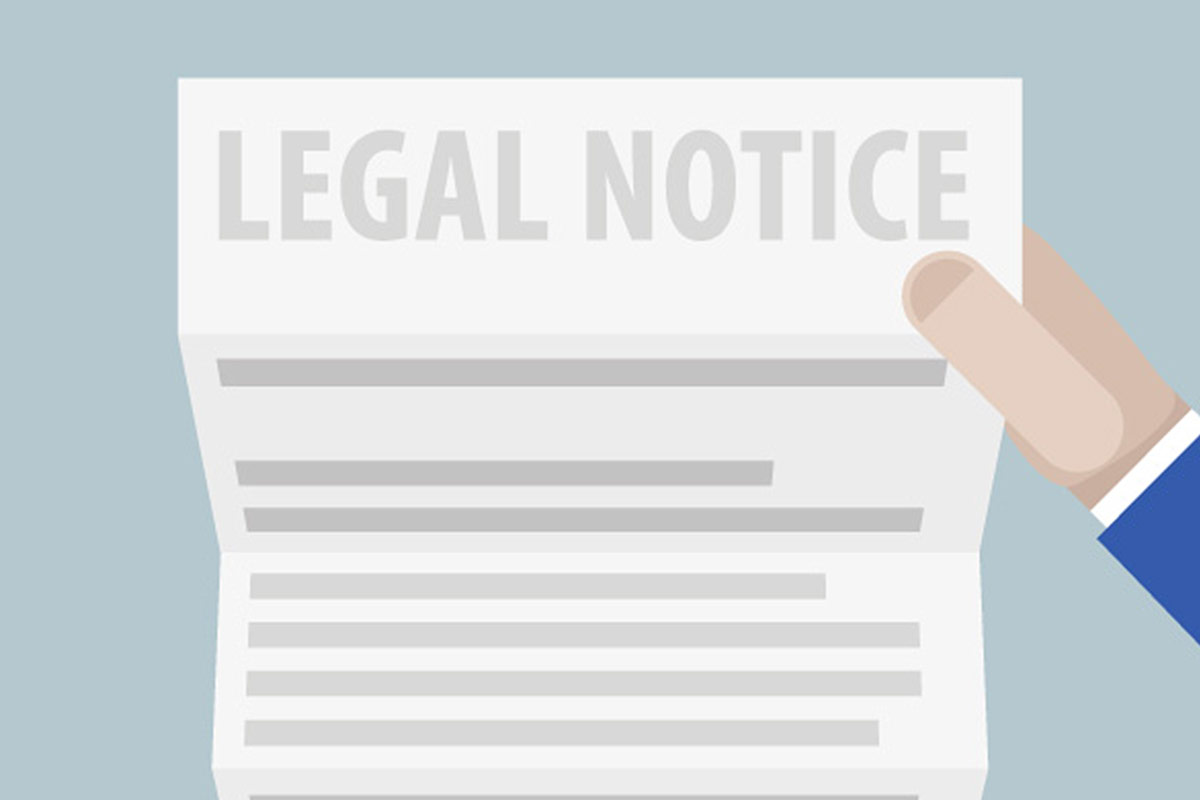Buy Now, Pay Later
Over many years, lay-buy was a popular option for people making purchases. It provided the opportunity to have an item you wanted held by a store for a small deposit and then once you paid it off you could pick up the item.
The good part about this service was that if you could no longer afford the item or decided you didn’t really need it, you could cancel the lay-buy and receive a refund of monies paid, less a small fee.
Buy Now, Pay Later
Enter, Buy Now, Pay Later! Marketed as the new lay-buy where you can take the items home immediately. This sounds great and is well marketed, unfortunately, it can have many financial traps.
How these products work
If you make a purchase, you can pay it off over 4 fortnights (8 weeks) with no interest. You can take the item home immediately. Payments are then direct debited each fortnight from your bank account.
Why is this a problem?
Buy now, pay later companies make money from fees charged if you are overdue with payments. There are also through fees charged to stores (merchants) offering these services, which can increase the original purchase price, even if that is not readily apparent.
Traps and pitfalls with these products
- These products can be addictive and hard to stop using.
- These products fall outside of consumer credit protections which leaves you with little ability to dispute issues and limited hardship options.
- There are no credit or affordability checks when applying for buy now, pay later products, although the federal government is planning to regulate these loans.
- Enquiries from buy now, pay later companies may show on your credit file. This may impact future lending opportunities for you.
- BNPL products are a form of revolving of credit, as you pay the money back you can make more purchases.
- It’s easier to overspend - purchases appear more affordable ($100 is $25 a fortnight over a period of 8 weeks or 4 fortnights).
- You can make multiple purchases up to your credit limit – if your credit limit is $2000, you could potentially be paying back $500 a fortnight from your budget leaving you struggling to meet everyday expenses such as food, rent etc.
- You buy items worth more than you would normally spend because it seems more affordable.
- Your credit limit may be unaffordable. It can also increase as you pay back more purchases through buy now, pay later.
Alternative options to Buy now, pay later
- Use lay-buy, some stores still offer this service.
- Budget and save up cash for purchases.
- Consider a No Interest Loan scheme (NILs) if you meet the eligibility criteria.
What to do if you are stuck in the Buy now, pay later cycle?
- Stop making any further purchases, delete the app from your phone (make sure you can still access your account on the internet).
- Work out what you can afford to pay. Contact the buy now, pay later provider and ask them to close your account. Agree to an affordable payment amount.
- If they will not cancel, consider cancelling the direct debit and making manual payments to the account.
- Speak to a financial counsellor for assistance in negotiating an affordable payment arrangement.




